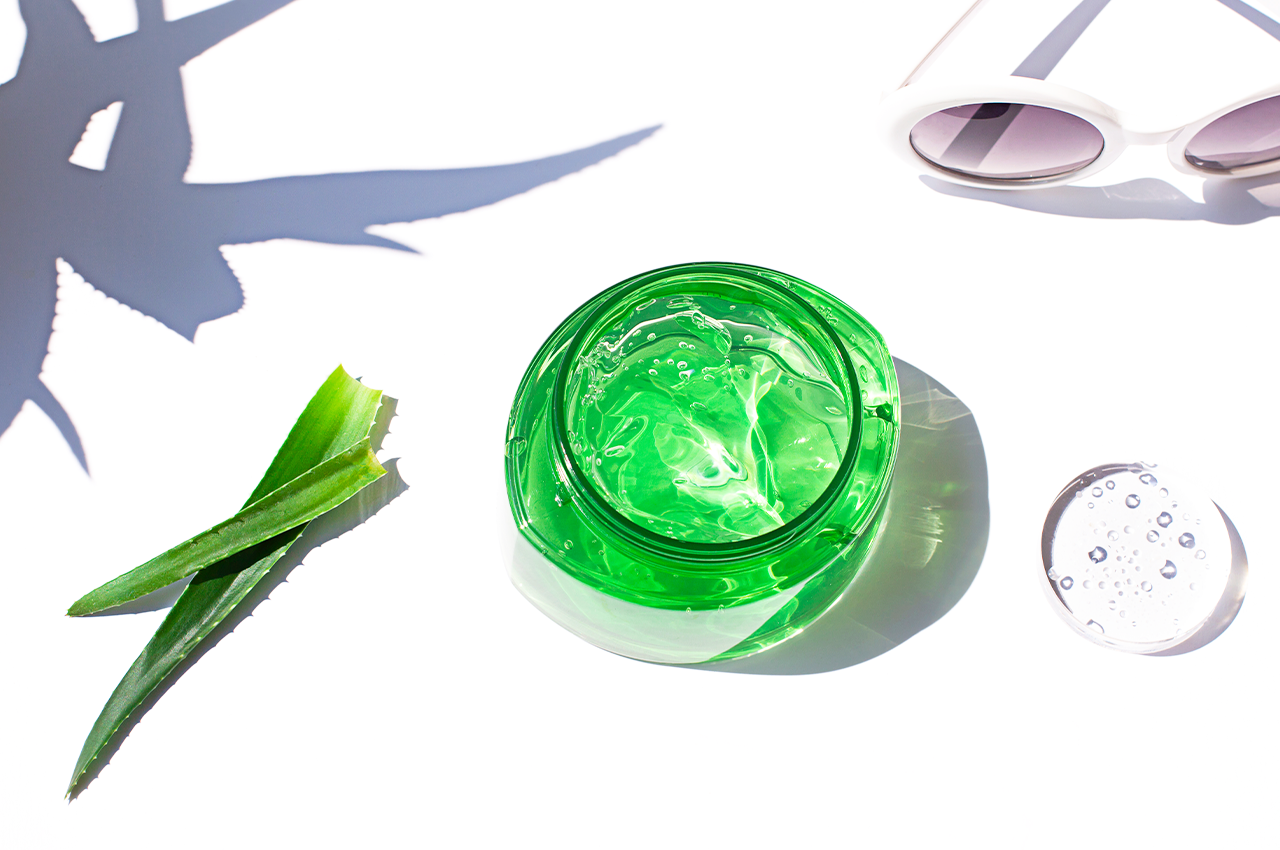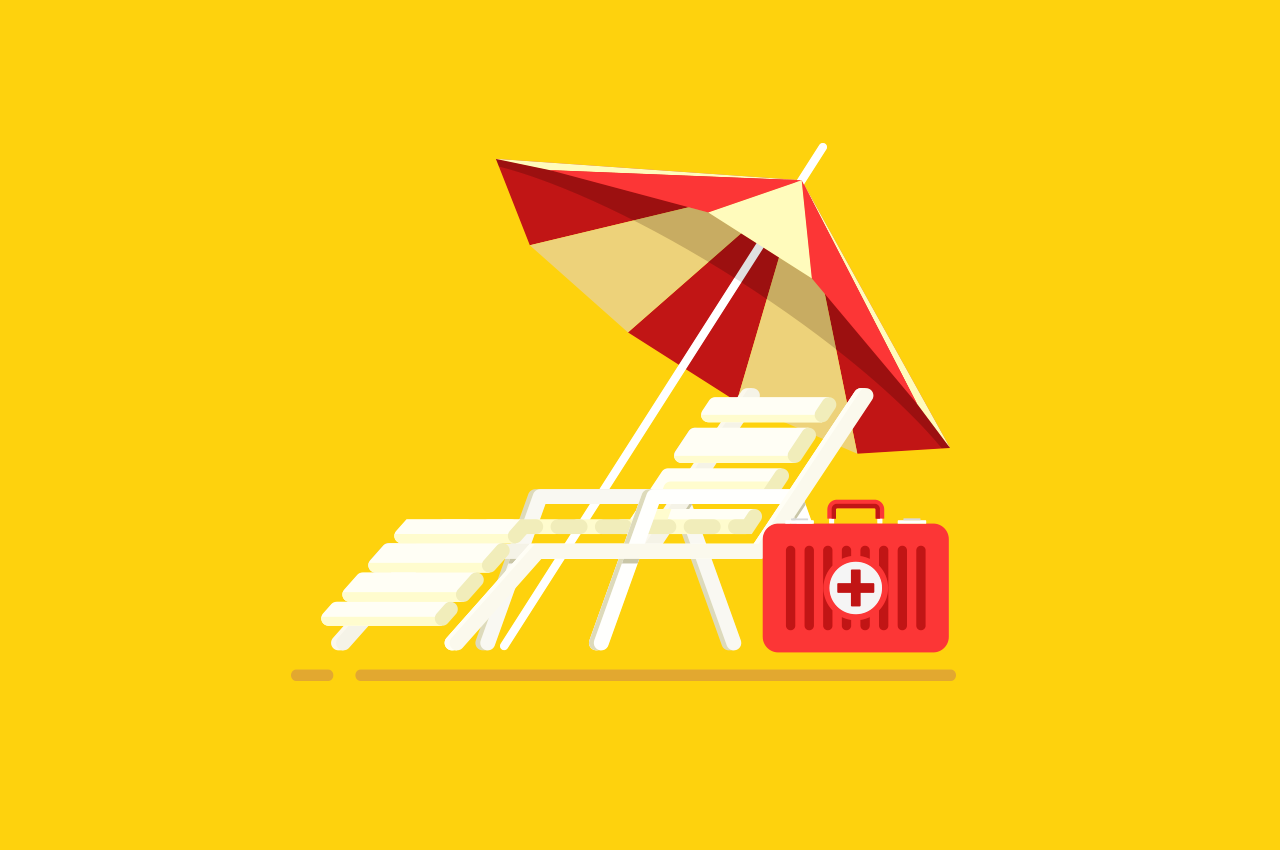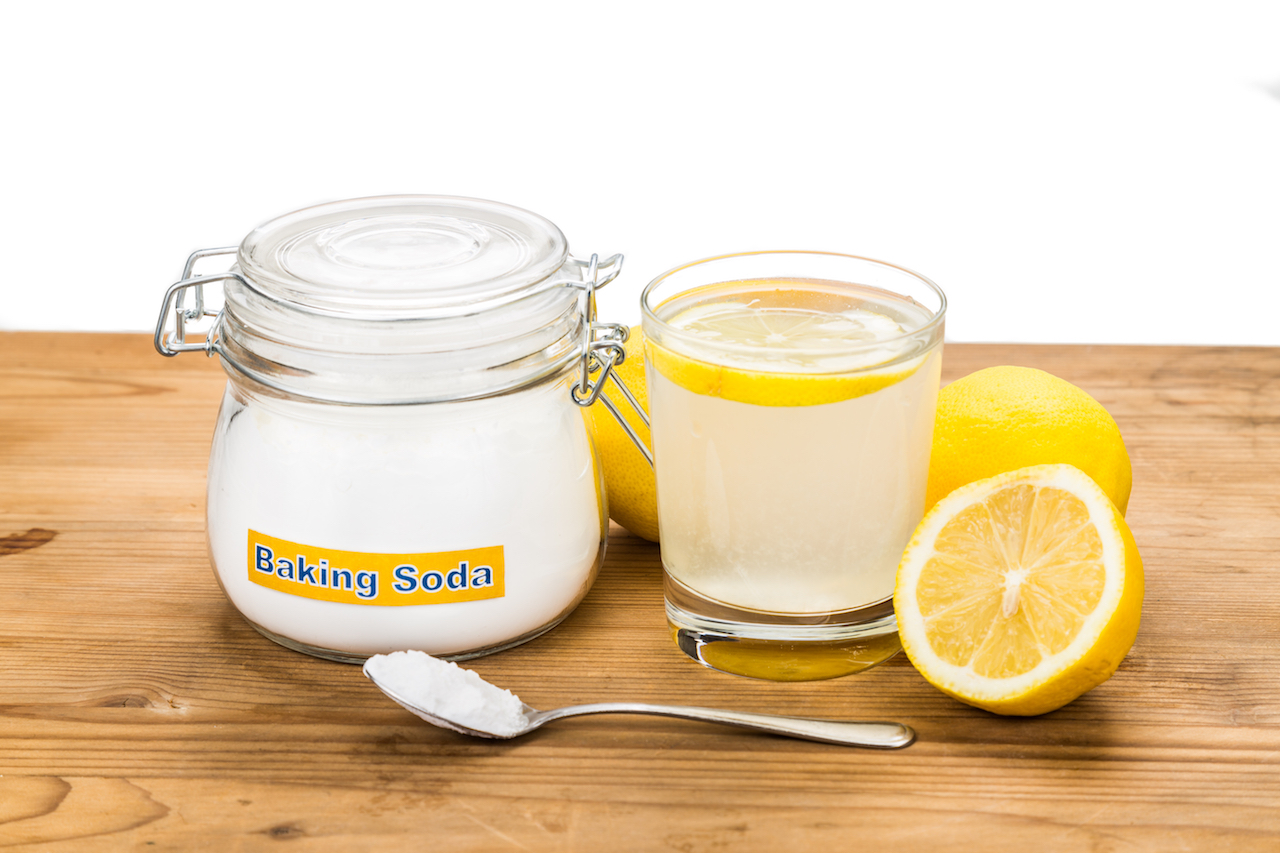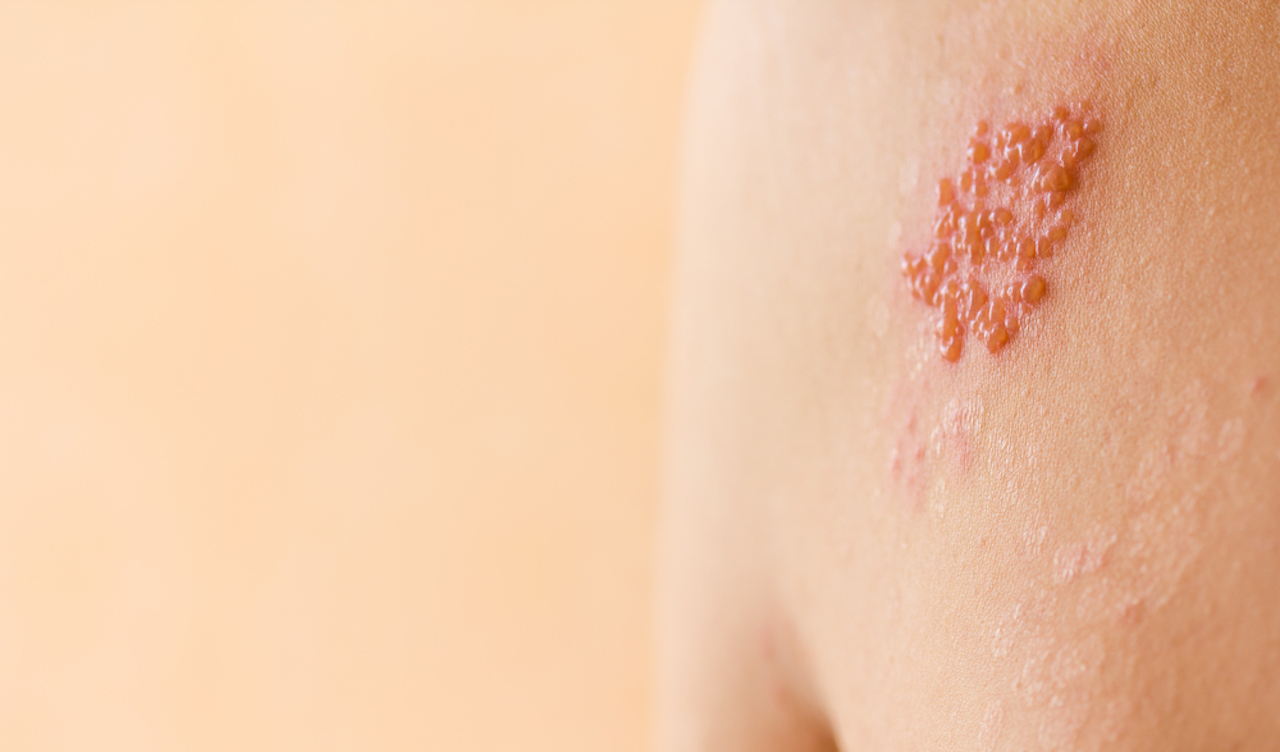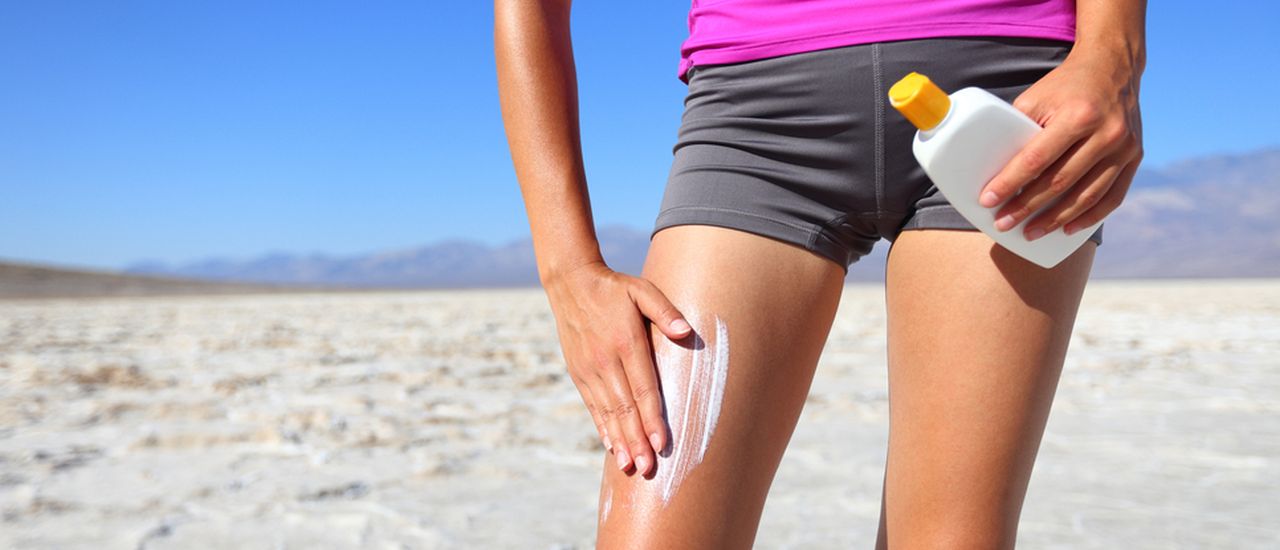With plenty of fun-in-the-sun, one thing’s inevitable: sunburn.
Sunburn is the skin’s response to too much ultraviolet B exposure.
Mild sunburn symptoms include skin redness and pain. After about four to seven days, your skin may start to peel.
As is the case with many things, prevention is always better than cure! If, however, you did get a touch more sun than you had planned, try out these remedies in the comfort of your home.
Good ol’ water
One of the symptoms of sunburn is the inflammation of the skin. One of the easiest ways to treat inflammation is to cool down the affected area with water.
Dipping in a cool bath or shower may help ease the burn and soothe your skin. However, while you’re still out in the sun avoid jumping in the pool to cool off, as the chlorine water may irritate the skin more.
Avoid directly applying ice on the affected area as it can cause damage to your extra-sensitive sunburned skin. And stay hydrated – drinking extra water when you’re sunburnt can help prevent dehydration.
Aloe Vera
The medicinal properties that aloe Vera packs are rich in tried-and-tested antioxidants and antibacterial agents.
If you don’t already have one get an aloe Vera plant for your house,. The gel inside the plant can be used for many ailments but comes in especially handy for soothing sunburn. Alternatively, look for a 100% aloe Vera gel or an aloe-based lotion or ointment available over-the-counter at your local pharmacy. Apply gently to the affected skin areas.
Colloidal oats
This is finely ground oats which boasts several benefits to soothing the skin. In addition to sunburn, it can also be effective for inflammatory skin conditions such as eczema and rosacea. Studies have shown that colloidal oatmeal binds to the skin and provides a protective barrier against irritants. The oats works as an anti-inflammatory when mixed with bathwater. Pour into the bath and soak for relief.
Lather the skin
After treating the sting and burn, your skin will still need some TLC. Prevent your skin from peeling or at least keep it to a minimum by regularly applying a moisturiser to the affected parts. Use a scent-free moisturiser, preferably a “sensitive skin” product to keep skin irritation to a minimum.
Avoid picking or breaking the skin of any blisters that develop. If a blister breaks, gently clean the area with mild soap and water, apply an antibiotic ointment and cover it with a non-stick gauze bandage.
Take a pain reliever
If needed, an over-the-counter pain reliever may help control the pain and swelling of sunburn, especially if you take it soon after sun exposure. Some pain relievers may also be applied to your skin as gels. Ask your pharmacist for advice.
See a doctor if the sunburn:
- Is accompanied by a high fever or extreme pain
- Blistering takes up a large part of your body
- Produces yellow drainage or red streaks leading away from blisters

